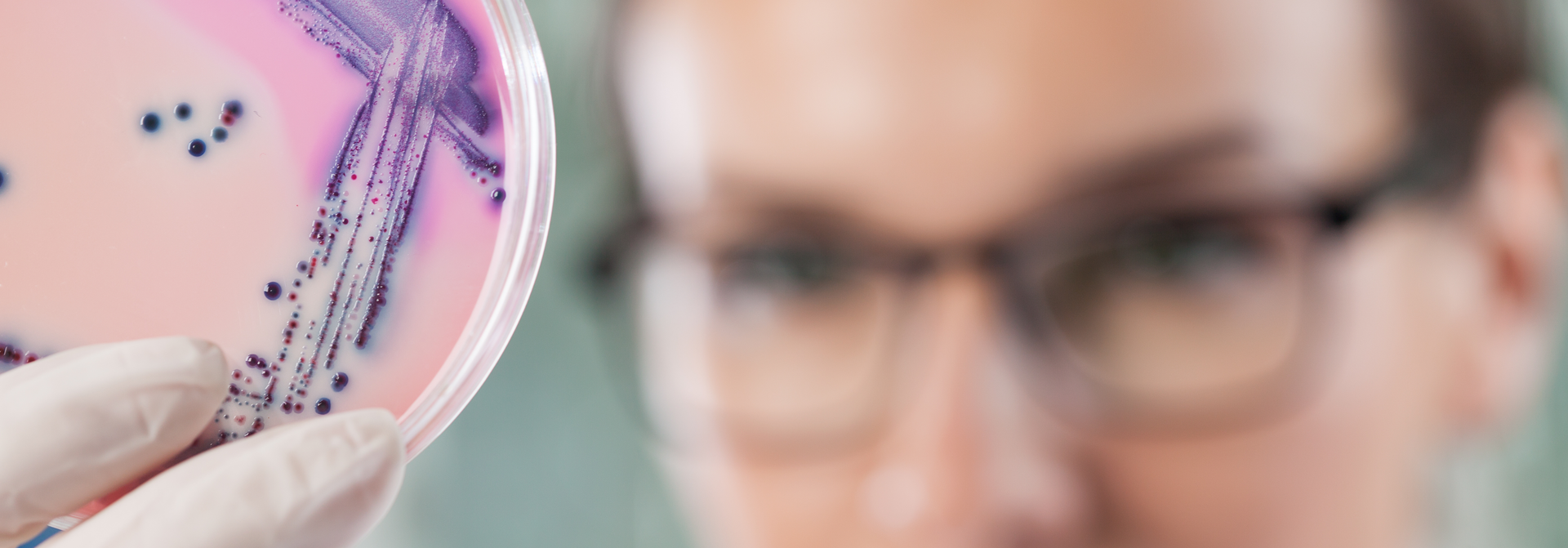microLife article feature: Cryptococcus neoformans releases proteins during intracellular residence that affect the outcome of the fungal–macrophage interaction
Looking for new virulence factors from Cryptococcus neoformas? Caroline Coelho and colleagues describe in this microLife article, how identify proteins secreted inside macrophages. One example is Yor1, shown here to affect exocytosis, capsule size, and dimension of vesicles.
Cryptococcus neoformans is a facultative intracellular pathogen that can replicate and disseminate in mammalian macrophages. In this study, we analyzed fungal proteins identified in murine macrophage-like cells after infection with C. neoformans. To accomplish this, we developed a protocol to identify proteins released from cryptococcal cells inside macrophage-like cells; we identified 127 proteins of fungal origin in infected macrophage-like cells. Among the proteins identified was urease, a known virulence factor, and others such as transaldolase and phospholipase D, which have catalytic activities that could contribute to virulence. This method provides a straightforward methodology to study host–pathogen interactions. We chose to study further Yeast Oligomycin Resistance (Yor1), a relatively uncharacterized protein belonging to the large family of ATP binding cassette transporter (ABC transporters). These transporters belong to a large and ancient protein family found in all extant phyla. While ABC transporters have an enormous diversity of functions across varied species, in pathogenic fungi they are better studied as drug efflux pumps. Analysis of C. neoformans yor1Δ strains revealed defects in nonlytic exocytosis, capsule size, and dimensions of extracellular vesicles, when compared to wild-type strains. We detected no difference in growth rates and cell body size. Our results indicate that C. neoformans releases a large suite of proteins during macrophage infection, some of which can modulate fungal virulence and are likely to affect the fungal–macrophage interaction.”

